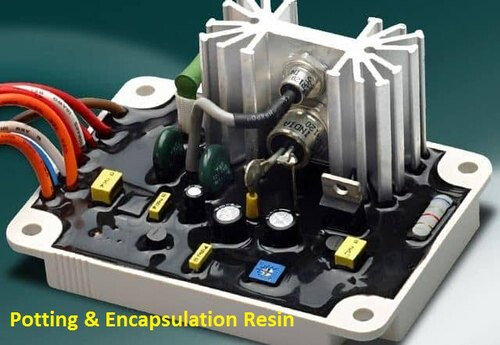Hmm, I don't know how you missed my first post as this seems VERY clear
My goal is to make this as simple as possible in that you'd plug an existing small fan into the device rather than using a custom fan/enclosure.
By "plug in" I mean plug in a 120vac desk fan (like I said later on). Never once said, implied nor meant that I'm smarter than anyone here - in fact the reason I'm here is that I'm absolutely not. But getting solutions that don't fit my problem aren't solutions at all, especially when I've had to address this like 4-5 times. I understand 12v DC is safer but I can be PERFECTLY SAFE using 120vac - as well my dog Daisy (and the rest of my family). Respecting 120vac is one thing, being terrified of it like it's nuclear waste is getting absurd. So if you'd like to build your own wind simulator awesome, go right ahead and use 12v fans, build custom housings, run ducting, etc. etc. That's not what my project is, at all.
It was helpful and appreciated the first time. It was even appreciated the second time. Now that we're at the 5th-6th+ time it's getting annoying.
Okay sweet, and yup, I already got a small "hobby box" for this project so everything will be enclosed nice and safe in there. Nothing will get touched, shorted, etc. etc. Just like the 20+ other devices I have plugged into 120vac at my sim rig.
Thanks for the specifics, I get what you mean now, this is good to know. As I've said I'll be building in a small project/hobby box so nothing is going to get touched, shorted or dead.
I have a really small fan (like 30 or 40mm) that I may build into the side of the box just to be safe. I'll check the temps and see if that's needed or not - it will be in a somewhat enclosed space behind my sim rig so either way I'll make sure it has good ventilation.
For context and to help understand why I'm using 120vac fans here is a picture of my sim setup. You'll see the 2 fans flanking both sides just under the outer monitors. Those are what will be controlled, it would be rather difficult given my space constraints to go with ducted 12v fans.
Thanks one last time for the concern, hopefully for the last time I can assure you it's well taken and I'll have zero issues. Mostly thanks for all the information, I'm looking forward to my starter kit showing up so I can build some really simple stuff before jumping into this.
~Ross



